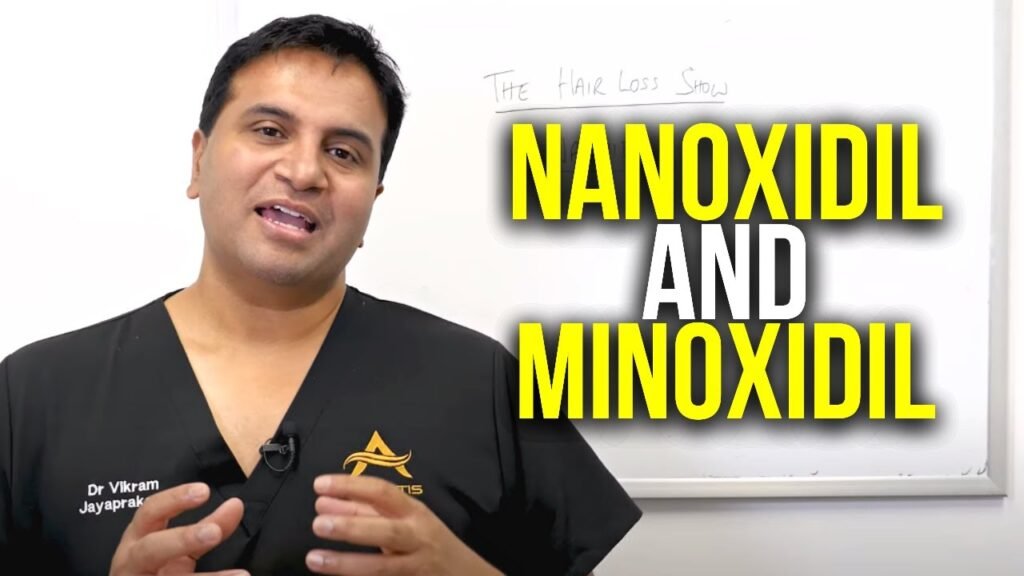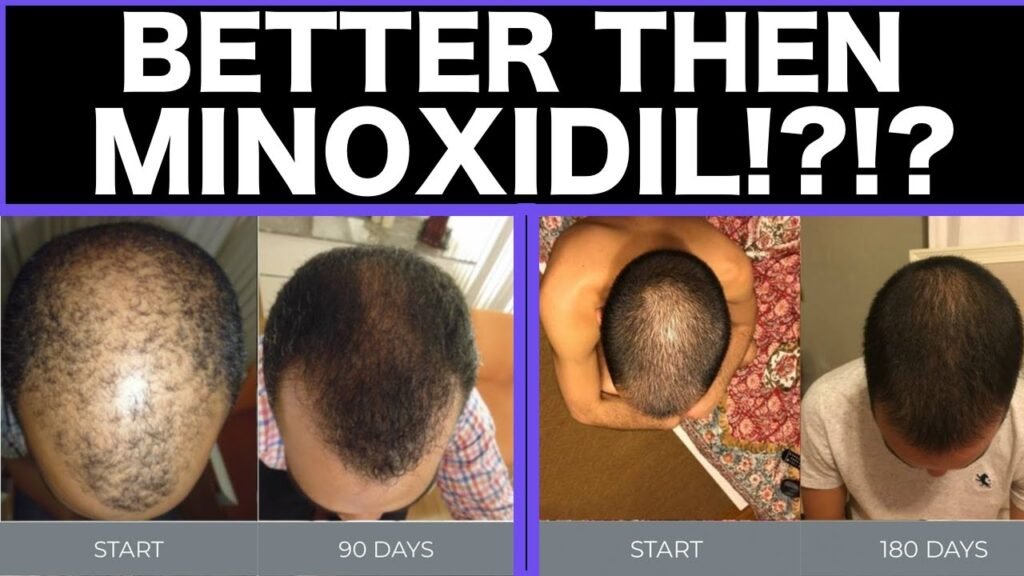Key differences between Minoxidil vs nanoxidil
When considering hair loss treatments, two prominent options that often come up are Minoxidil and Nanoxidil. Both are topical solutions aimed at promoting hair growth, but they have some distinct differences in their formulation and usage. Understanding these differences can help individuals make informed decisions about which treatment might be more suitable for their needs.
Formulation and Composition
Minoxidil is a well-established treatment for hair loss and has been FDA-approved for this purpose. It is known for its vasodilating properties, which help increase blood flow to hair follicles, promoting growth. Minoxidil is available in various strengths, typically 2% and 5%, and is commonly used to treat androgenetic alopecia. In contrast, Nanoxidil is a newer formulation, developed to address some of the limitations associated with Minoxidil. It is designed to have a similar mechanism of action but with a different molecular structure, which aims to reduce potential side effects and improve absorption.
Effectiveness and Application
Both Minoxidil and Nanoxidil are applied topically, but their effectiveness can vary based on individual response and specific hair loss conditions. Minoxidil has a long track record of success, with many users experiencing noticeable improvements in hair density and regrowth. However, some users report side effects such as scalp irritation and unwanted facial hair growth. Nanoxidil, on the other hand, is marketed as having fewer side effects due to its modified molecular structure. It is often recommended for individuals who have sensitive skin or have experienced adverse reactions to Minoxidil.
Availability and Usage
Minoxidil is widely available over-the-counter in many countries and is often found in both generic and branded versions. Its accessibility makes it a popular choice for those seeking a proven solution for hair loss. Nanoxidil, however, is typically found in specific hair treatment products and may not be as readily available as Minoxidil. Users interested in Nanoxidil may need to seek out specialized brands that offer this formulation. Both treatments require consistent application to maintain results, and users should follow the instructions provided to achieve the best outcomes.


